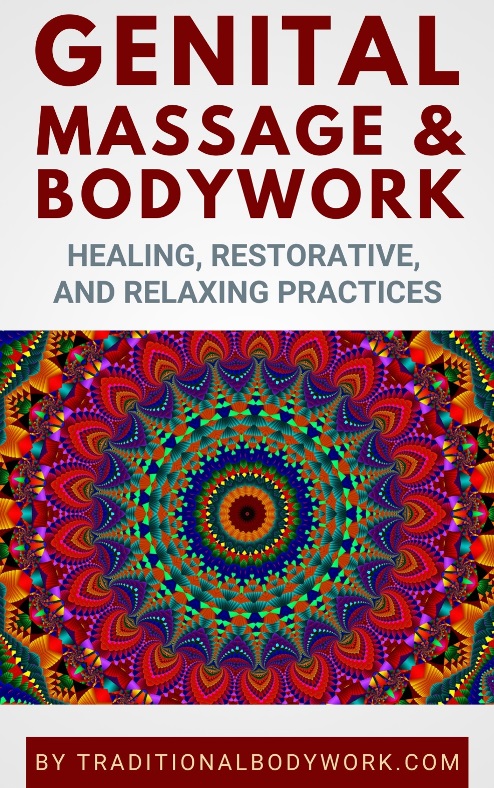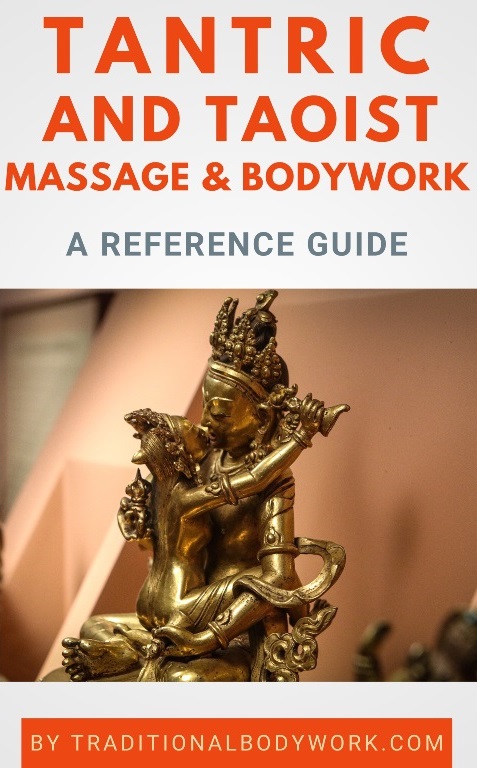
The term BDSM is an abbreviation usually interpreted as B/D (Bondage and Discipline), D/S (Dominance and Submission), and S/M (Sadism and Masochism). In its daily use, it is common to also include kink, fetish, and roleplay activities into the BDSM realm.

The BDSM practice covers a wide range of activities, forms of interpersonal relationships and power dynamics, and also specific subcultures and lifestyles. In fact, in BDSM communities it’s customary to welcome anyone and anything non-normative.
BDSM practices may include phenomena such as Bondage Play, Animal Play (also called Petplay), masochism, sadism, Breath Control Play, Impact Play (for instance, spanking i.e. flogging), Pegging, Sexual Denial Play, Edgeplay, Age Play, Chastity Play, Sensory Deprivation, Wax Play, genital torture, Sensation Play, Medical Play, Cosplay (Costume Play), erotic humiliation, Financial Domination (Findom), and Needle Play, to just name a non-exhaustive list of activities.
An important aspect of understanding the BDSM domain is that although mostly associated with sex and eroticism, the activities within the realm are not necessarily sexual or erotic. However, what unites all participants is that they derive some form of pleasure from their BDSM activities, even if it’s only to allow their play partners (either in a private relationship or in a commercial, professional relationship) to indulge their own needs, desires, kinks, or fetishes.
In BDSM activities and relationships, it’s common that the participants take on roles which often involve inequality of power, which typically translates to either a submissive or dominant role.
The dominant partner (usually called the dom or top) takes psychological and/or physical control over the submissive partner (called the sub or bottom). Partners may sometimes also switch roles during a BDSM session. Mind that a BDSM session is also known as a “BDSM scene” or “BDSM play.”

Sadism and masochism (together known as Sadomasochism) is another defining feature of BDSM practices, which is about deriving sexual or non-sexual pleasure from acts that respectively involve inflicting or receiving pain or humiliation.
It’s commonly agreed upon that BDSM roleplay activities should always be Safe, Sane and Consensual (SSC), which means that everything is based on safe activities, that all participants are of sufficiently sound mind to consent, and that all participants indeed consent.
Nevertheless, opposed to SSC there is also the notion of so-called Risk-Aware Consensual Kink (RACK), which is a philosophy that acknowledges that some BDSM activities (such as Breath Control Play or Knife Play) — although consensual — involve risks and may lead to adverse health consequences.
An important structure of BDSM Play is that it is possible for the consenting partners to withdraw their consent at any point during a session. That is, by using a safe word (also written as safeword) that was agreed upon on in advance or by using a safe symbol or safe gesture (the latter two applicable when speech is restricted), the session will be aborted immediately.
Nevertheless, sometimes individuals may engage in Consensual Non-Consent (CNC), which is a mutual agreement to be able to act as if there’s no consent during BDSM Play. That is, the submissive person will simulate non-consent through role-playing, while the dominant partner will continue with the acts the submissive partner seemingly doesn’t want to happen. Usually, there’s still a safeword that can be used, but in extreme forms of CNC no safeword is agreed upon beforehand.
People are drawn to engaging in BDSM for a variety of reasons. For instance, motives may be curiosity, wanting to experience new sensations, exploring power dynamics, self-discovery, enhancing intimacy, experimenting with (sexual and non-sexual) fantasies, or release of emotions, stress, and anxiety, to name some.
Some people enjoy the physical and emotional sensations that BDSM practices evoke, such as bondage, pain, pleasure, or humiliation, or sometimes they just want to know what their limits and boundaries are.

Others are drawn to the power dynamics of domination, submission, control, or vulnerability, which sometimes serves as a reflection or abreaction with regard to their daily lives in the domains of society, work, family, or partner relationships.
There are also people who come to intense relaxation and stress relief by either being able to enact their fantasies, or perhaps take either a submissive or a dominant role in BDSM Play.
An important motive for couples, is that BDSM can deepen the emotional connection between them because of the shared experiential intimacy and the mutual exploration of vulnerability, trust, communication, boundaries and desires.
Those who don’t have a partner or have a partner who is not willing to engage in BDSM practices may want to hire a BDSM professional, such as a Prodomme, or they may want to join other likeminded people who practice together in a BDSM Dungeon, in BDSM Play parties, or in BDSM clubs.



















